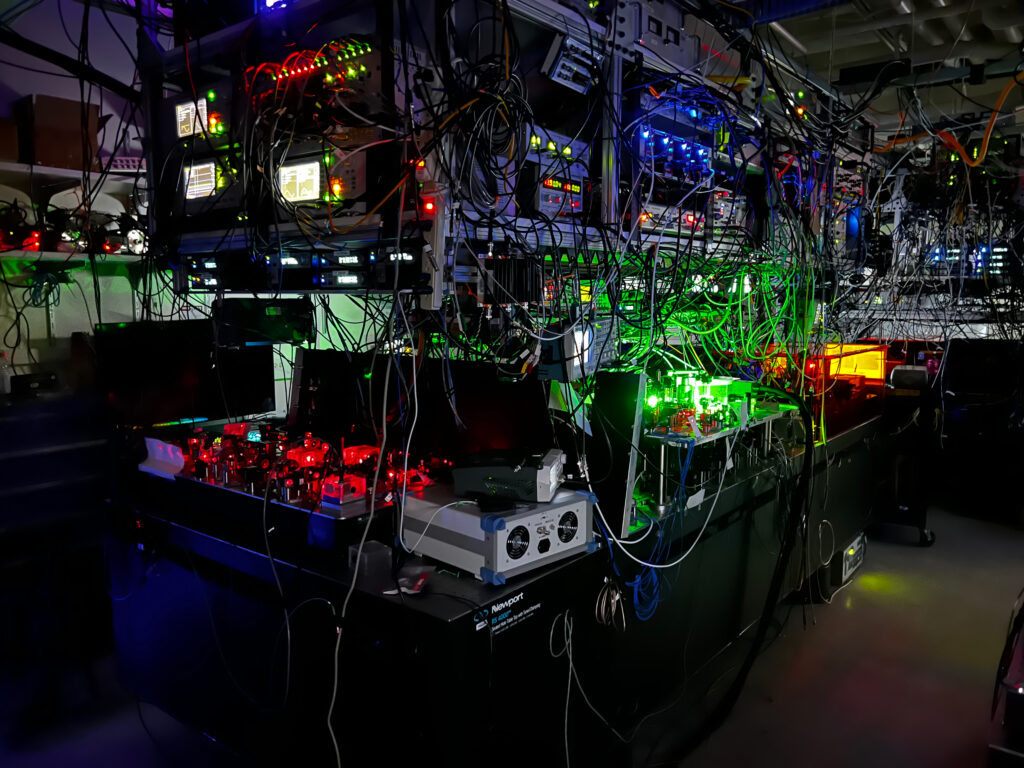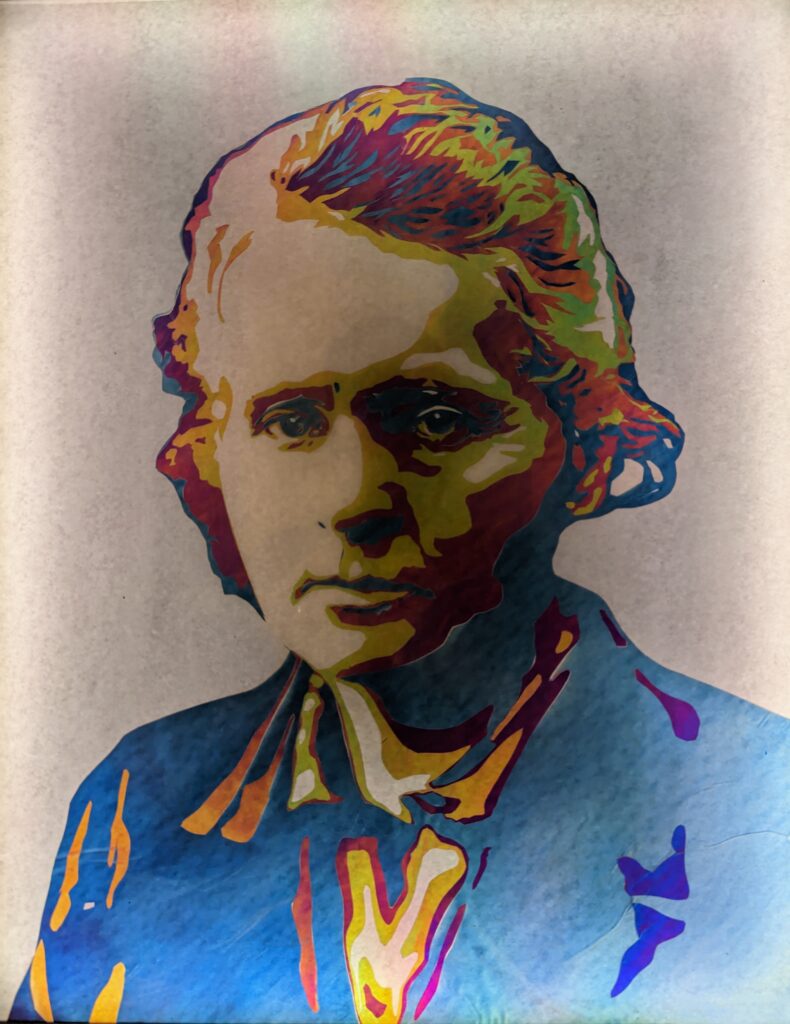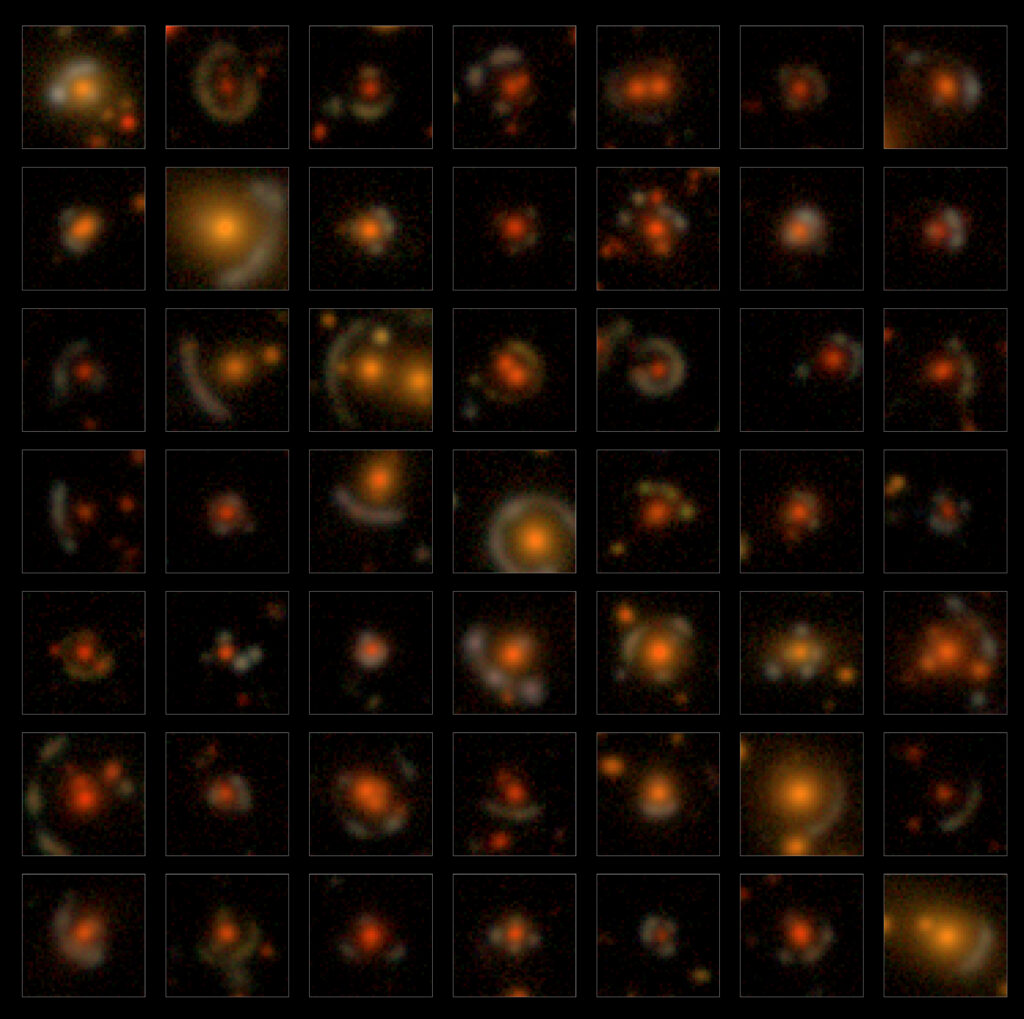The winners of the UW–Madison 13th annual Cool Science Image contest were announced, and Physics has three winners! Our winners include graduate student Jacob Scott, the graduate student-professor pairing of Jimena González and Keith Bechtol, and alum Aedan Gardill, PhD ’23. Their winning images are below.
A panel of experienced artists, scientists and science communicators chose 12 winning images based on the aesthetic, creative and scientific qualities that distinguished them from scores of entries. The winning entries showcase the research, innovation, scholarship and curiosity of the UW–Madison community through visual representations of socioeconomic strata, brain cells snuffed out in Parkinson’s disease, the tangle of technology required to equip a quantum computing lab and a bug-eyed frog that opened students’ eyes to the world.
The winning images go on display this week in an exhibit at the McPherson Eye Research Institute’s Mandelbaum and Albert Family Vision Gallery on the ninth floor of the Wisconsin Institutes for Medical Research, 111 Highland Ave. The exhibit, which runs through the end of 2023, opens with a public reception at the gallery Thursday, Sept. 28, from 4:30 to 6:30 p.m. The exhibit also includes historical images of UW science, in celebration of the 175th anniversary of the University of Wisconsin’s founding.
The Cool Science Image Contest recognizes the technical and creative skills required to capture and create images, videos and other media that reveal something about science or nature while also leaving an impression with their beauty or ability to induce wonder. The contest is sponsored by Madison’s Promega Corp., with additional support from UW–Madison’s Office of University Communications.


